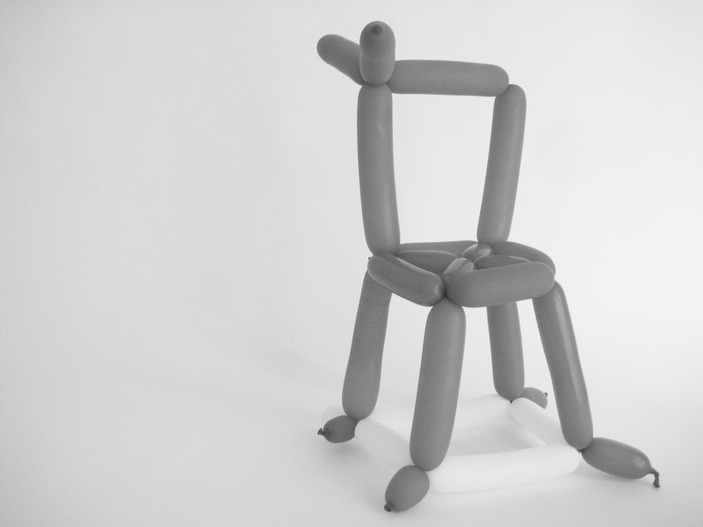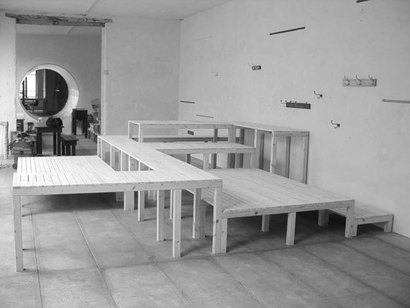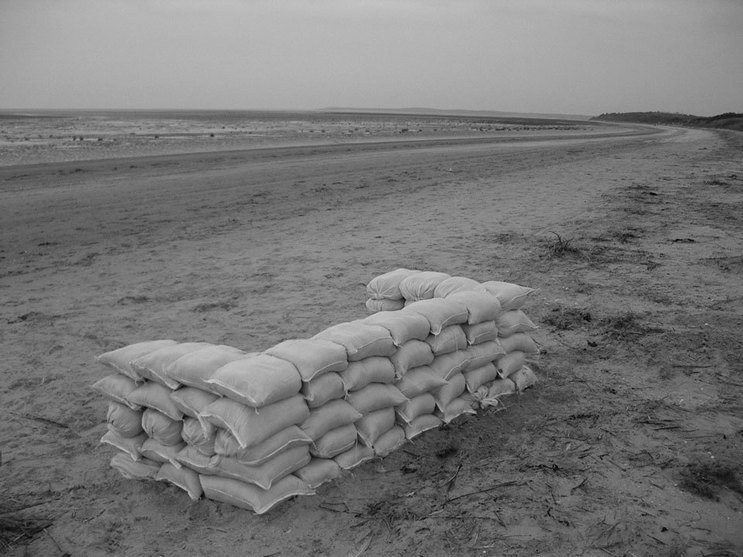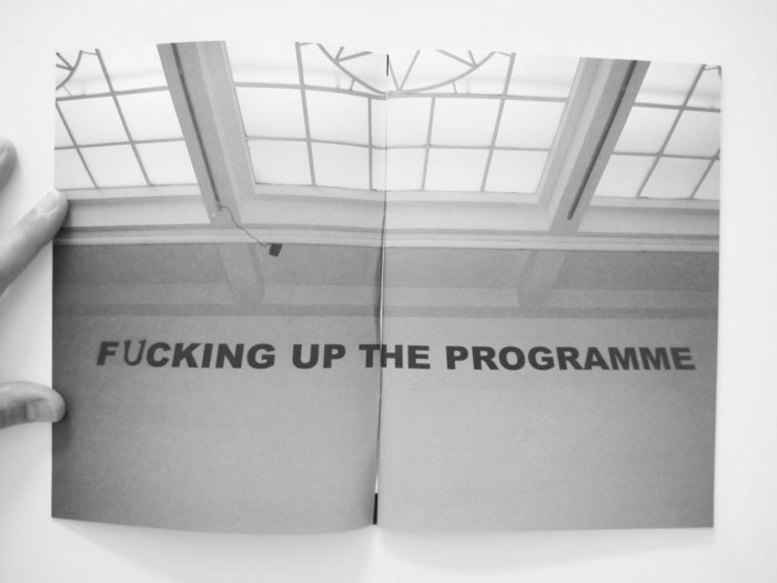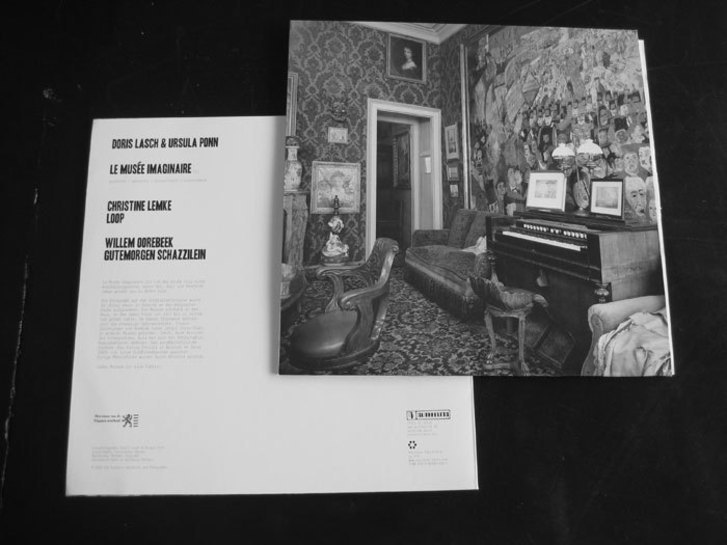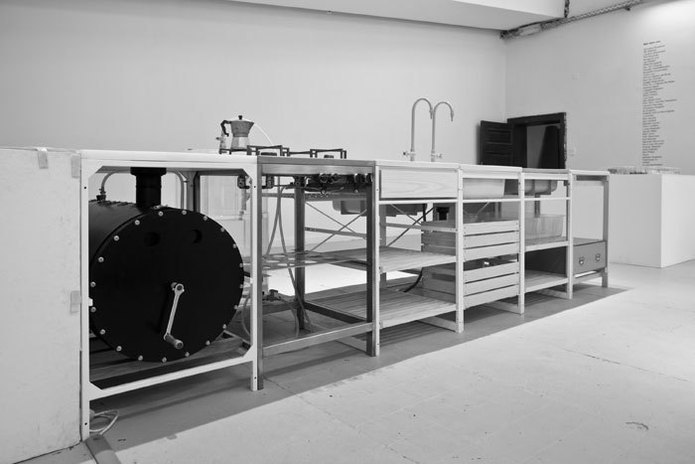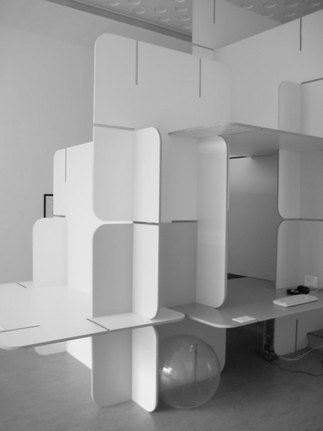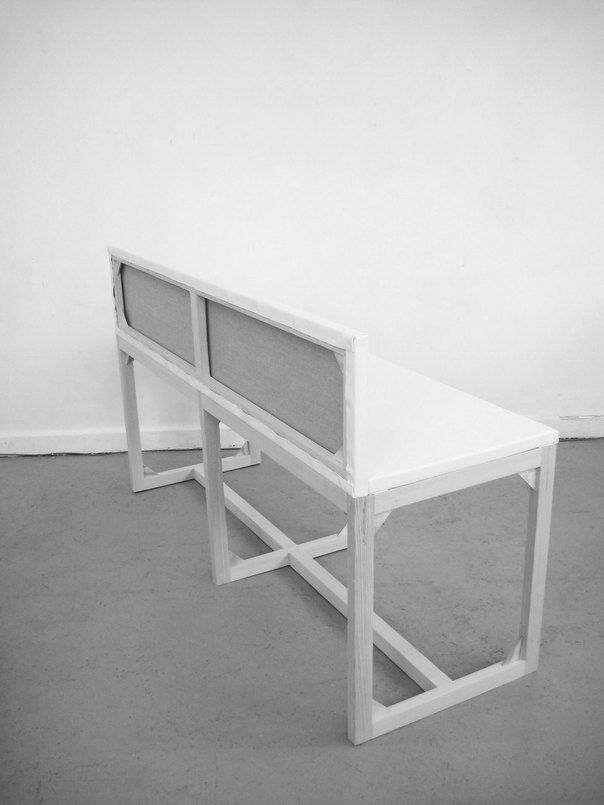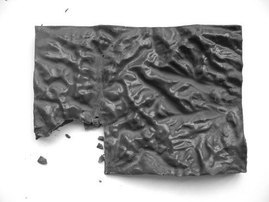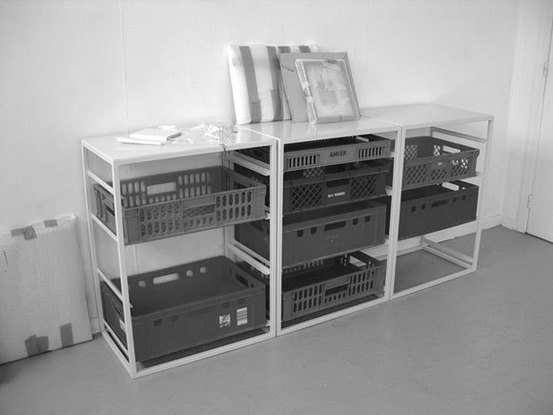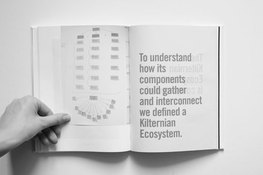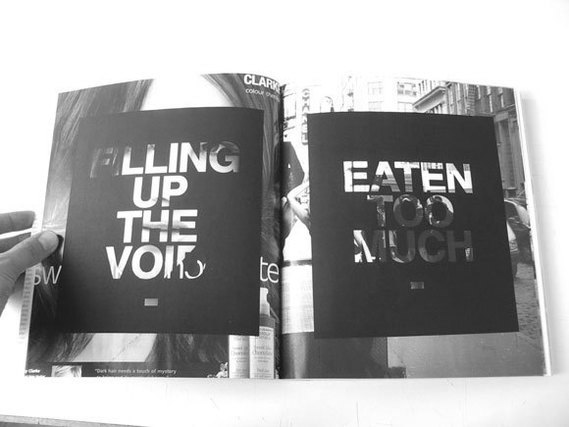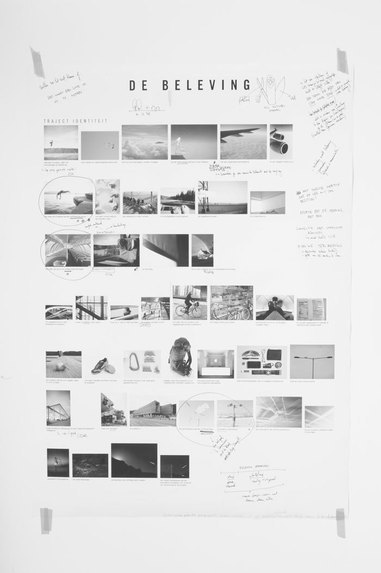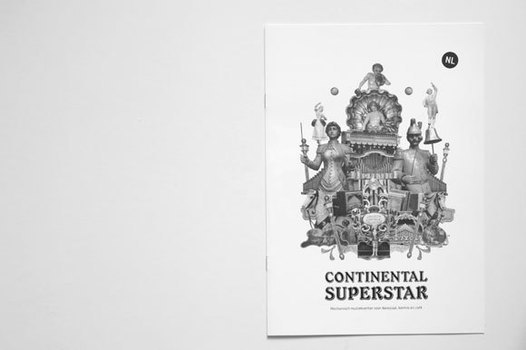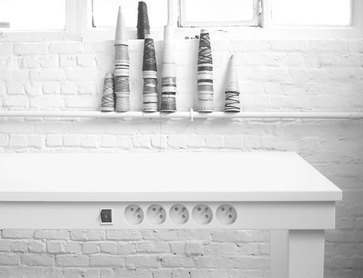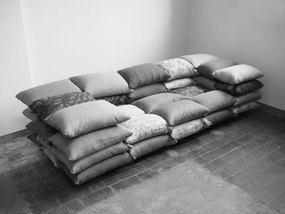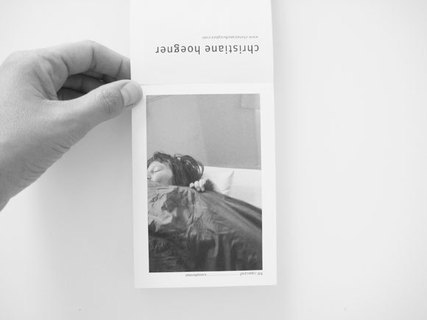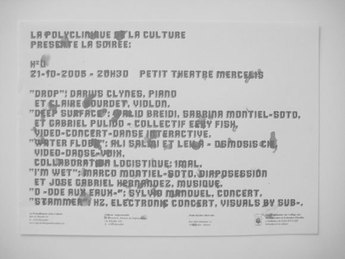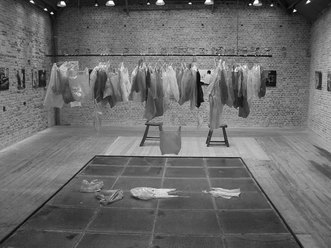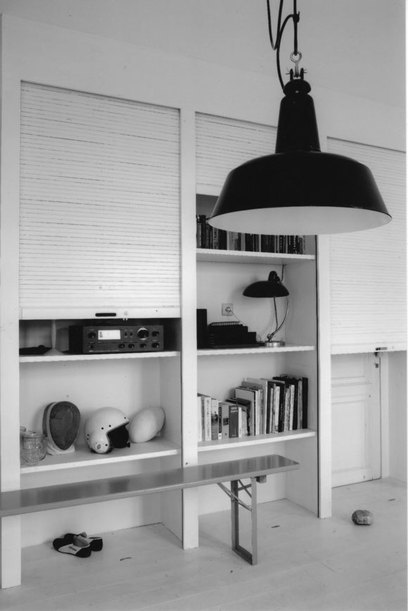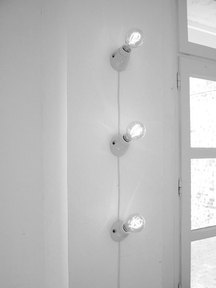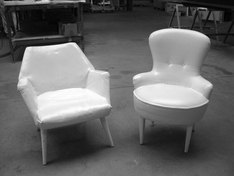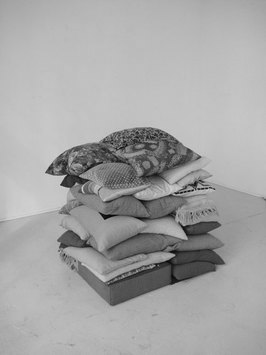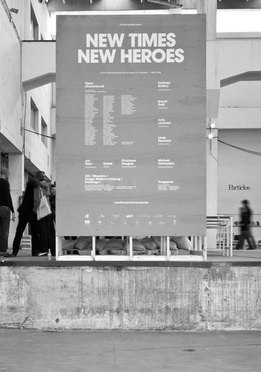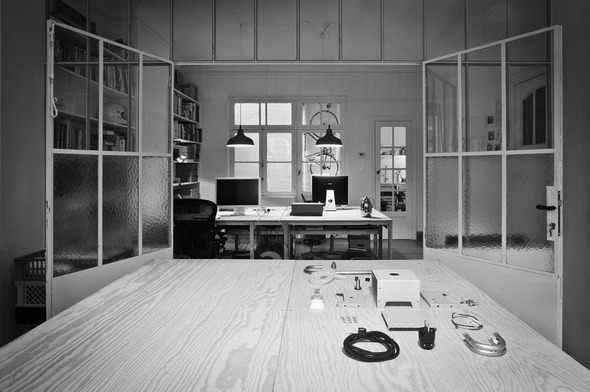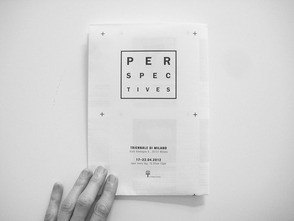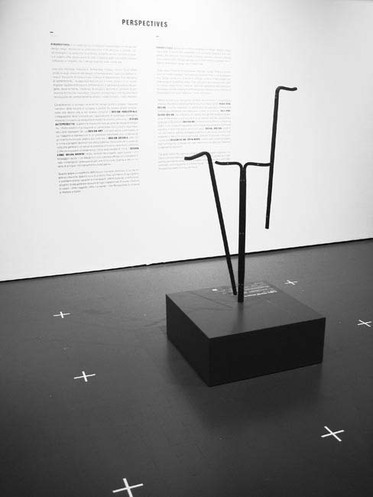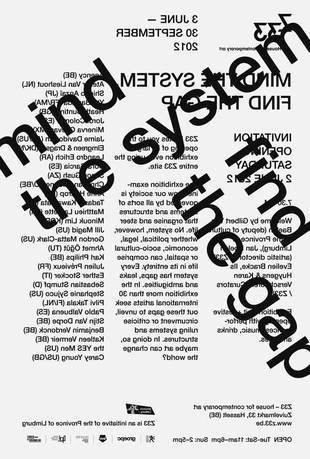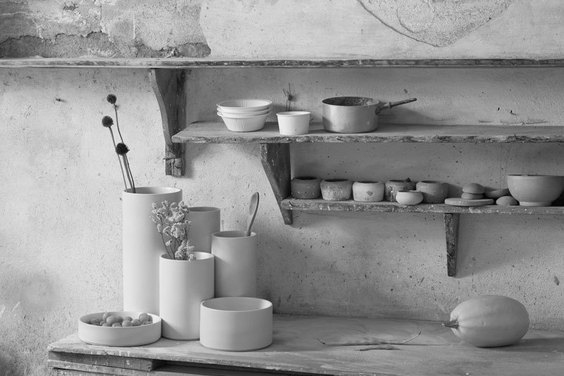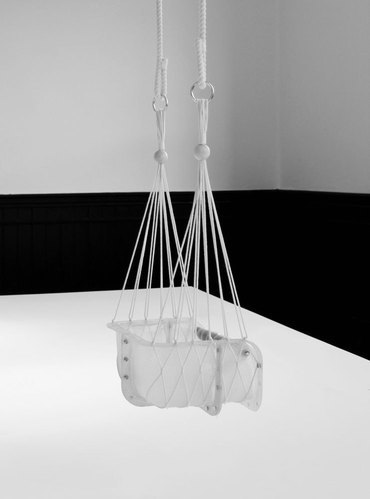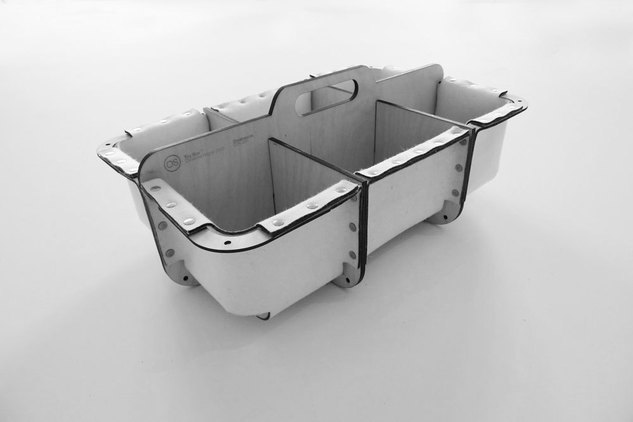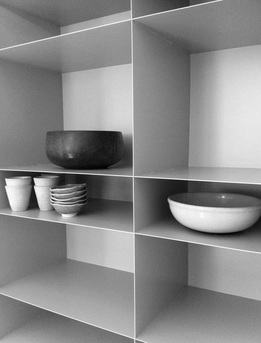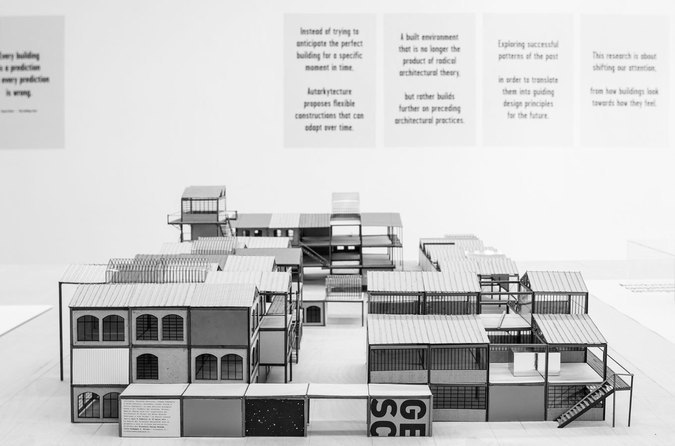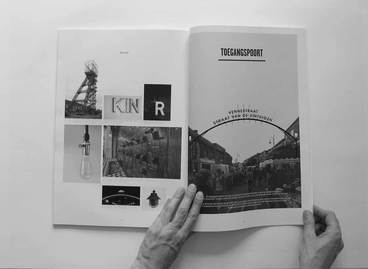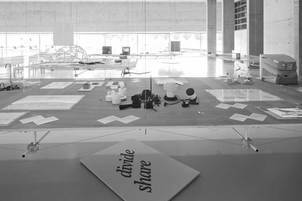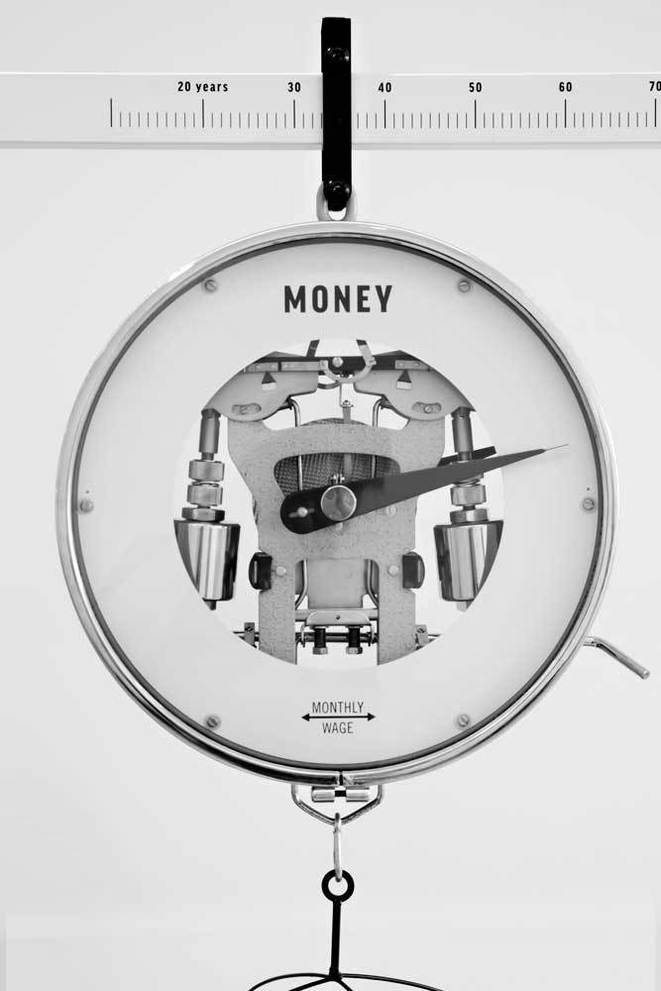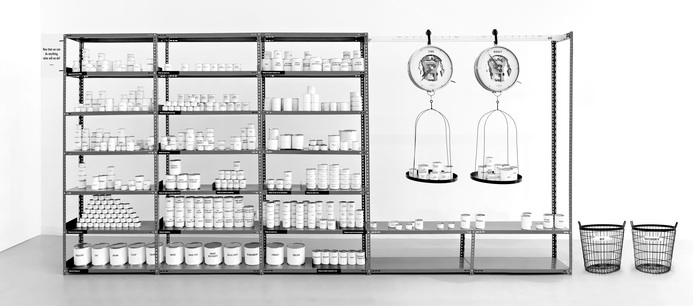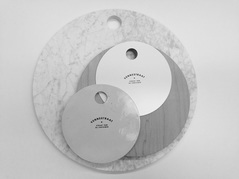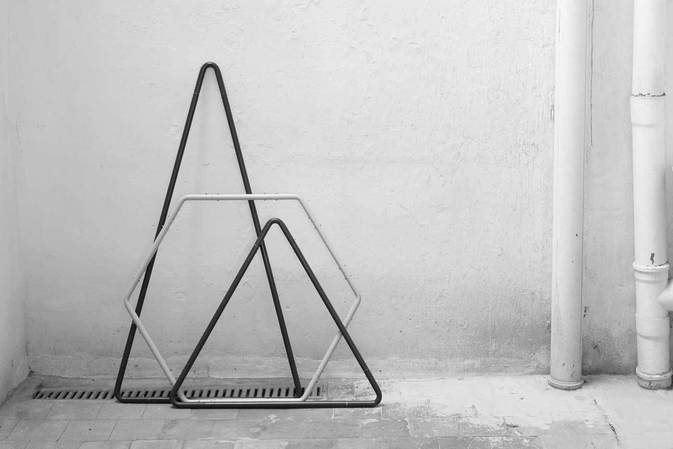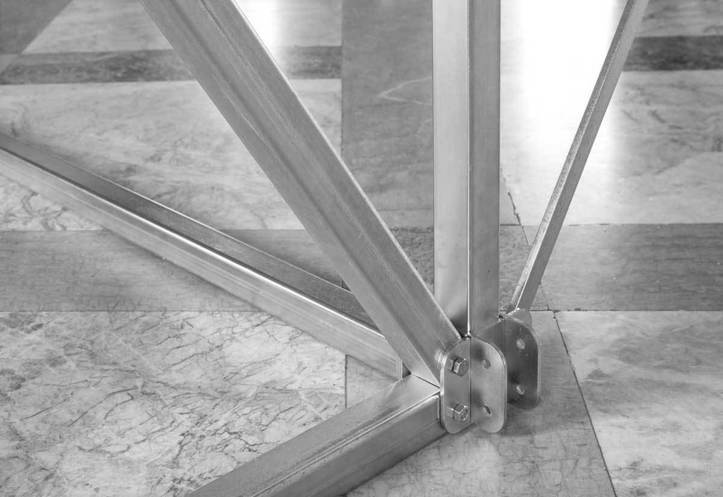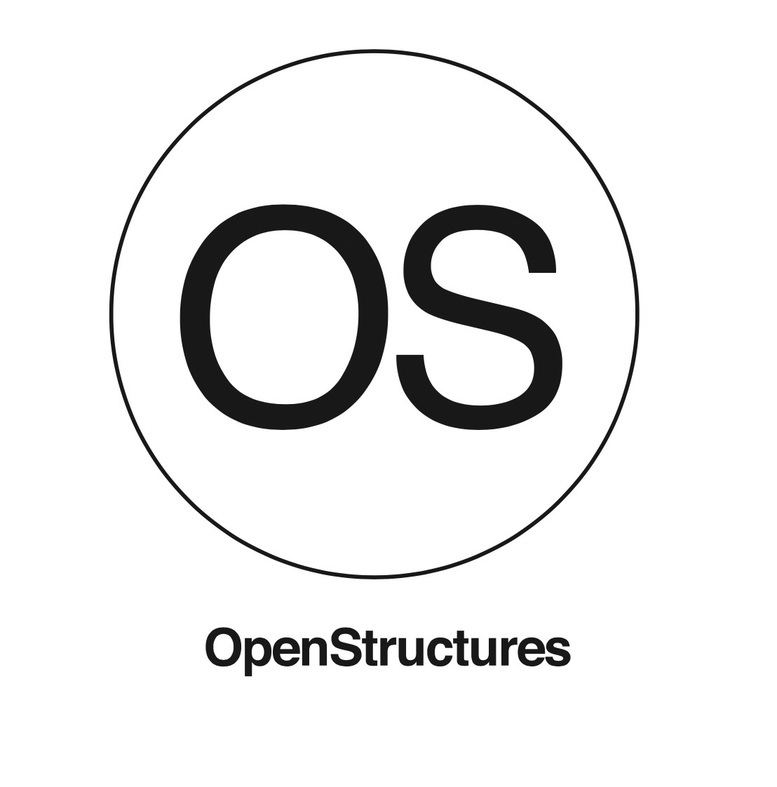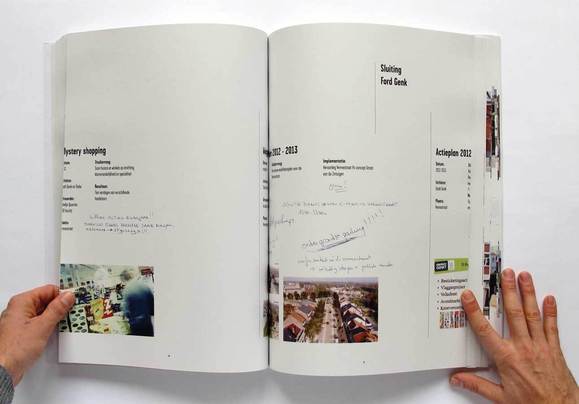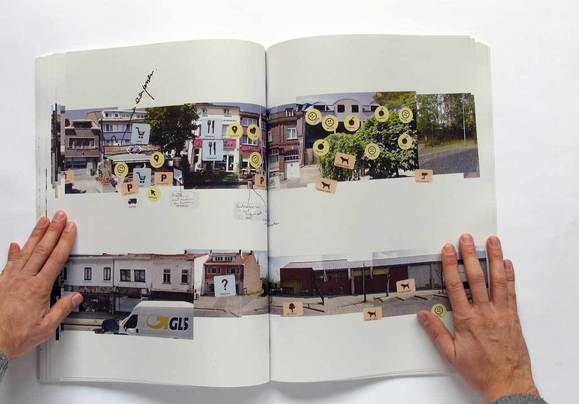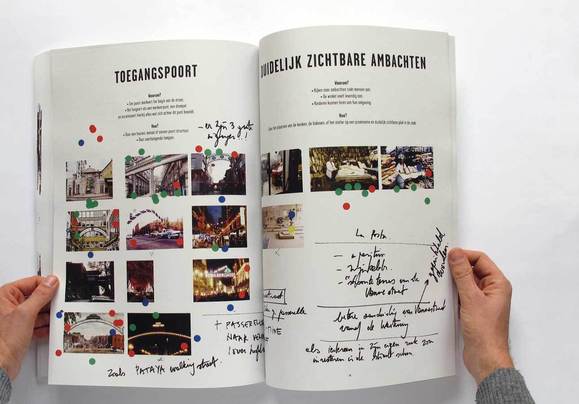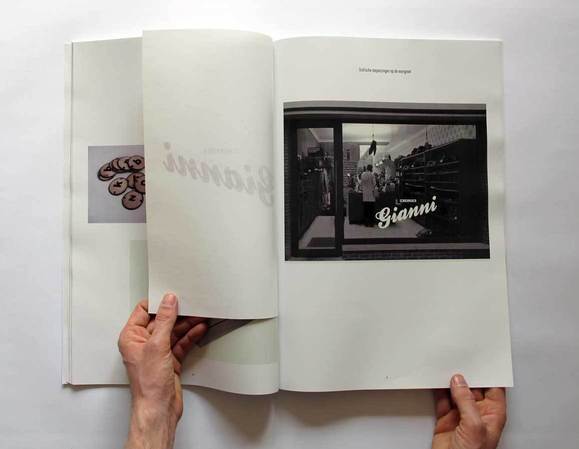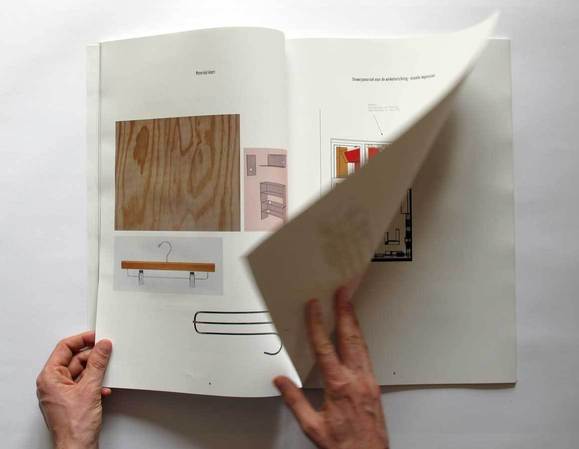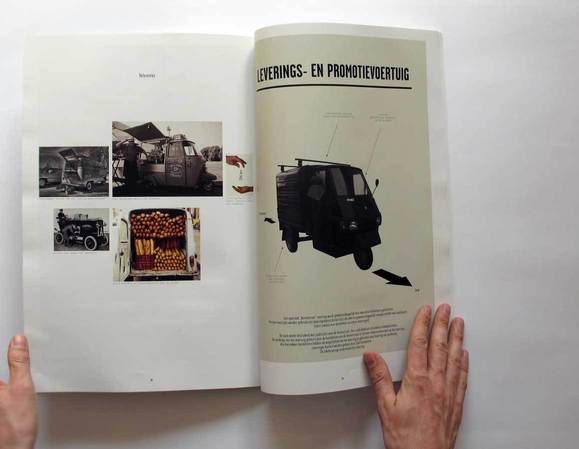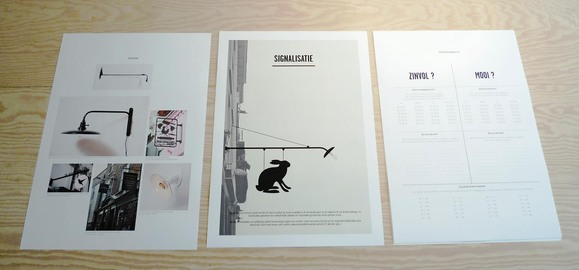Designinnovation Vennestraat I
The shops and restaurants in the Vennestraat in Genk are remarkably multicultural: Bistro ‘t Vennehuys, Italian restaurant La Posta, CasaPaglia, scandinavian design gallery Galleriet, shoemaker Gianni, Turkish supermarket Dudemsa and others. Together they contribute to the ‘Street of the Senses’, as the city and the merchants promote the Vennestraat since 2007. The street can use several other opportunities in its environment to strengthen the coherence and image and connect more closely to C-mine through its creativity and culture. The transformed mining site, officially opened in 2010, is, since the announcement of the closure of Ford Genk in 2012, one of the central pivots of the new developments in Genk.
Commissioned by the city Genk and IDE, the design team worked on six selected shop concepts for a make-over. Workshops were first held with the stakeholders to come from a macro vision for the street to a micro vision for each shop. Attention is given to facades, lettering, graphic design, terraces, the tactile image of the goods and stimulating visitors by showing crafts. The context of the street is also addressed. The extensions to the street, lighting, festive decoration, interventions on blind walls, ‘greening’, transport, perhaps even an access portal or gangway from C-mine to the Vennestraat are considered. All those ideas contribute to strengthening the identity and attraction of the street. The method, created for this design innovation trajectory and transferable to other shopping streets, attempts to connect the various parties with each other and to create synergies. Design is applied by the design team as a tool to achieve certain ideas of the merchants, residents and customers and to create a dialogue.
design-team: Christiane Högner & Thomas Lommée, Gitzwart project management
in collaboration with Lhoas&Lhoas Architects
commissioned by: the city of Genk and Innovatie & Design Euregio (IDE)
with the support of: LSM, Design Platform Vlaanderen, Agentschap Ondernemen & Vlaanderen in Actie
text: Lut Pil
Genk, Belgium
2012 - 2013
Designinnovation Vennestraat I
The shops and restaurants in the Vennestraat in Genk are remarkably multicultural: Bistro ‘t Vennehuys, Italian restaurant La Posta, CasaPaglia, scandinavian design gallery Galleriet, shoemaker Gianni, Turkish supermarket Dudemsa and others. Together they contribute to the ‘Street of the Senses’, as the city and the merchants promote the Vennestraat since 2007. The street can use several other opportunities in its environment to strengthen the coherence and image and connect more closely to C-mine through its creativity and culture. The transformed mining site, officially opened in 2010, is, since the announcement of the closure of Ford Genk in 2012, one of the central pivots of the new developments in Genk.
Commissioned by the city Genk and IDE, the design team worked on six selected shop concepts for a make-over. Workshops were first held with the stakeholders to come from a macro vision for the street to a micro vision for each shop. Attention is given to facades, lettering, graphic design, terraces, the tactile image of the goods and stimulating visitors by showing crafts. The context of the street is also addressed. The extensions to the street, lighting, festive decoration, interventions on blind walls, ‘greening’, transport, perhaps even an access portal or gangway from C-mine to the Vennestraat are considered. All those ideas contribute to strengthening the identity and attraction of the street. The method, created for this design innovation trajectory and transferable to other shopping streets, attempts to connect the various parties with each other and to create synergies. Design is applied by the design team as a tool to achieve certain ideas of the merchants, residents and customers and to create a dialogue.
design-team: Christiane Högner & Thomas Lommée, Gitzwart project management
in collaboration with Lhoas&Lhoas Architects
commissioned by: the city of Genk and Innovatie & Design Euregio (IDE)
with the support of: LSM, Design Platform Vlaanderen, Agentschap Ondernemen & Vlaanderen in Actie
text: Lut Pil
Genk, Belgium
2012 - 2013
Designinnovation Vennestraat I
The shops and restaurants in the Vennestraat in Genk are remarkably multicultural: Bistro ‘t Vennehuys, Italian restaurant La Posta, CasaPaglia, scandinavian design gallery Galleriet, shoemaker Gianni, Turkish supermarket Dudemsa and others. Together they contribute to the ‘Street of the Senses’, as the city and the merchants promote the Vennestraat since 2007. The street can use several other opportunities in its environment to strengthen the coherence and image and connect more closely to C-mine through its creativity and culture. The transformed mining site, officially opened in 2010, is, since the announcement of the closure of Ford Genk in 2012, one of the central pivots of the new developments in Genk.
Commissioned by the city Genk and IDE, the design team worked on six selected shop concepts for a make-over. Workshops were first held with the stakeholders to come from a macro vision for the street to a micro vision for each shop. Attention is given to facades, lettering, graphic design, terraces, the tactile image of the goods and stimulating visitors by showing crafts. The context of the street is also addressed. The extensions to the street, lighting, festive decoration, interventions on blind walls, ‘greening’, transport, perhaps even an access portal or gangway from C-mine to the Vennestraat are considered. All those ideas contribute to strengthening the identity and attraction of the street. The method, created for this design innovation trajectory and transferable to other shopping streets, attempts to connect the various parties with each other and to create synergies. Design is applied by the design team as a tool to achieve certain ideas of the merchants, residents and customers and to create a dialogue.
design-team: Christiane Högner & Thomas Lommée, Gitzwart project management
in collaboration with Lhoas&Lhoas Architects
commissioned by: the city of Genk and Innovatie & Design Euregio (IDE)
with the support of: LSM, Design Platform Vlaanderen, Agentschap Ondernemen & Vlaanderen in Actie
text: Lut Pil
Genk, Belgium
2012 - 2013
Designinnovation Vennestraat I
The shops and restaurants in the Vennestraat in Genk are remarkably multicultural: Bistro ‘t Vennehuys, Italian restaurant La Posta, CasaPaglia, scandinavian design gallery Galleriet, shoemaker Gianni, Turkish supermarket Dudemsa and others. Together they contribute to the ‘Street of the Senses’, as the city and the merchants promote the Vennestraat since 2007. The street can use several other opportunities in its environment to strengthen the coherence and image and connect more closely to C-mine through its creativity and culture. The transformed mining site, officially opened in 2010, is, since the announcement of the closure of Ford Genk in 2012, one of the central pivots of the new developments in Genk.
Commissioned by the city Genk and IDE, the design team worked on six selected shop concepts for a make-over. Workshops were first held with the stakeholders to come from a macro vision for the street to a micro vision for each shop. Attention is given to facades, lettering, graphic design, terraces, the tactile image of the goods and stimulating visitors by showing crafts. The context of the street is also addressed. The extensions to the street, lighting, festive decoration, interventions on blind walls, ‘greening’, transport, perhaps even an access portal or gangway from C-mine to the Vennestraat are considered. All those ideas contribute to strengthening the identity and attraction of the street. The method, created for this design innovation trajectory and transferable to other shopping streets, attempts to connect the various parties with each other and to create synergies. Design is applied by the design team as a tool to achieve certain ideas of the merchants, residents and customers and to create a dialogue.
design-team: Christiane Högner & Thomas Lommée, Gitzwart project management
in collaboration with Lhoas&Lhoas Architects
commissioned by: the city of Genk and Innovatie & Design Euregio (IDE)
with the support of: LSM, Design Platform Vlaanderen, Agentschap Ondernemen & Vlaanderen in Actie
text: Lut Pil
Genk, Belgium
2012 - 2013
Designinnovation Vennestraat I
The shops and restaurants in the Vennestraat in Genk are remarkably multicultural: Bistro ‘t Vennehuys, Italian restaurant La Posta, CasaPaglia, scandinavian design gallery Galleriet, shoemaker Gianni, Turkish supermarket Dudemsa and others. Together they contribute to the ‘Street of the Senses’, as the city and the merchants promote the Vennestraat since 2007. The street can use several other opportunities in its environment to strengthen the coherence and image and connect more closely to C-mine through its creativity and culture. The transformed mining site, officially opened in 2010, is, since the announcement of the closure of Ford Genk in 2012, one of the central pivots of the new developments in Genk.
Commissioned by the city Genk and IDE, the design team worked on six selected shop concepts for a make-over. Workshops were first held with the stakeholders to come from a macro vision for the street to a micro vision for each shop. Attention is given to facades, lettering, graphic design, terraces, the tactile image of the goods and stimulating visitors by showing crafts. The context of the street is also addressed. The extensions to the street, lighting, festive decoration, interventions on blind walls, ‘greening’, transport, perhaps even an access portal or gangway from C-mine to the Vennestraat are considered. All those ideas contribute to strengthening the identity and attraction of the street. The method, created for this design innovation trajectory and transferable to other shopping streets, attempts to connect the various parties with each other and to create synergies. Design is applied by the design team as a tool to achieve certain ideas of the merchants, residents and customers and to create a dialogue.
design-team: Christiane Högner & Thomas Lommée, Gitzwart project management
in collaboration with Lhoas&Lhoas Architects
commissioned by: the city of Genk and Innovatie & Design Euregio (IDE)
with the support of: LSM, Design Platform Vlaanderen, Agentschap Ondernemen & Vlaanderen in Actie
text: Lut Pil
Genk, Belgium
2012 - 2013
Designinnovation Vennestraat I
The shops and restaurants in the Vennestraat in Genk are remarkably multicultural: Bistro ‘t Vennehuys, Italian restaurant La Posta, CasaPaglia, scandinavian design gallery Galleriet, shoemaker Gianni, Turkish supermarket Dudemsa and others. Together they contribute to the ‘Street of the Senses’, as the city and the merchants promote the Vennestraat since 2007. The street can use several other opportunities in its environment to strengthen the coherence and image and connect more closely to C-mine through its creativity and culture. The transformed mining site, officially opened in 2010, is, since the announcement of the closure of Ford Genk in 2012, one of the central pivots of the new developments in Genk.
Commissioned by the city Genk and IDE, the design team worked on six selected shop concepts for a make-over. Workshops were first held with the stakeholders to come from a macro vision for the street to a micro vision for each shop. Attention is given to facades, lettering, graphic design, terraces, the tactile image of the goods and stimulating visitors by showing crafts. The context of the street is also addressed. The extensions to the street, lighting, festive decoration, interventions on blind walls, ‘greening’, transport, perhaps even an access portal or gangway from C-mine to the Vennestraat are considered. All those ideas contribute to strengthening the identity and attraction of the street. The method, created for this design innovation trajectory and transferable to other shopping streets, attempts to connect the various parties with each other and to create synergies. Design is applied by the design team as a tool to achieve certain ideas of the merchants, residents and customers and to create a dialogue.
design-team: Christiane Högner & Thomas Lommée, Gitzwart project management
in collaboration with Lhoas&Lhoas Architects
commissioned by: the city of Genk and Innovatie & Design Euregio (IDE)
with the support of: LSM, Design Platform Vlaanderen, Agentschap Ondernemen & Vlaanderen in Actie
text: Lut Pil
Genk, Belgium
2012 - 2013
Designinnovation Vennestraat I
The shops and restaurants in the Vennestraat in Genk are remarkably multicultural: Bistro ‘t Vennehuys, Italian restaurant La Posta, CasaPaglia, scandinavian design gallery Galleriet, shoemaker Gianni, Turkish supermarket Dudemsa and others. Together they contribute to the ‘Street of the Senses’, as the city and the merchants promote the Vennestraat since 2007. The street can use several other opportunities in its environment to strengthen the coherence and image and connect more closely to C-mine through its creativity and culture. The transformed mining site, officially opened in 2010, is, since the announcement of the closure of Ford Genk in 2012, one of the central pivots of the new developments in Genk.
Commissioned by the city Genk and IDE, the design team worked on six selected shop concepts for a make-over. Workshops were first held with the stakeholders to come from a macro vision for the street to a micro vision for each shop. Attention is given to facades, lettering, graphic design, terraces, the tactile image of the goods and stimulating visitors by showing crafts. The context of the street is also addressed. The extensions to the street, lighting, festive decoration, interventions on blind walls, ‘greening’, transport, perhaps even an access portal or gangway from C-mine to the Vennestraat are considered. All those ideas contribute to strengthening the identity and attraction of the street. The method, created for this design innovation trajectory and transferable to other shopping streets, attempts to connect the various parties with each other and to create synergies. Design is applied by the design team as a tool to achieve certain ideas of the merchants, residents and customers and to create a dialogue.
design-team: Christiane Högner & Thomas Lommée, Gitzwart project management
in collaboration with Lhoas&Lhoas Architects
commissioned by: the city of Genk and Innovatie & Design Euregio (IDE)
with the support of: LSM, Design Platform Vlaanderen, Agentschap Ondernemen & Vlaanderen in Actie
text: Lut Pil
Genk, Belgium
2012 - 2013
Designinnovation Vennestraat I
The shops and restaurants in the Vennestraat in Genk are remarkably multicultural: Bistro ‘t Vennehuys, Italian restaurant La Posta, CasaPaglia, scandinavian design gallery Galleriet, shoemaker Gianni, Turkish supermarket Dudemsa and others. Together they contribute to the ‘Street of the Senses’, as the city and the merchants promote the Vennestraat since 2007. The street can use several other opportunities in its environment to strengthen the coherence and image and connect more closely to C-mine through its creativity and culture. The transformed mining site, officially opened in 2010, is, since the announcement of the closure of Ford Genk in 2012, one of the central pivots of the new developments in Genk.
Commissioned by the city Genk and IDE, the design team worked on six selected shop concepts for a make-over. Workshops were first held with the stakeholders to come from a macro vision for the street to a micro vision for each shop. Attention is given to facades, lettering, graphic design, terraces, the tactile image of the goods and stimulating visitors by showing crafts. The context of the street is also addressed. The extensions to the street, lighting, festive decoration, interventions on blind walls, ‘greening’, transport, perhaps even an access portal or gangway from C-mine to the Vennestraat are considered. All those ideas contribute to strengthening the identity and attraction of the street. The method, created for this design innovation trajectory and transferable to other shopping streets, attempts to connect the various parties with each other and to create synergies. Design is applied by the design team as a tool to achieve certain ideas of the merchants, residents and customers and to create a dialogue.
design-team: Christiane Högner & Thomas Lommée, Gitzwart project management
in collaboration with Lhoas&Lhoas Architects
commissioned by: the city of Genk and Innovatie & Design Euregio (IDE)
with the support of: LSM, Design Platform Vlaanderen, Agentschap Ondernemen & Vlaanderen in Actie
text: Lut Pil
Genk, Belgium
2012 - 2013


